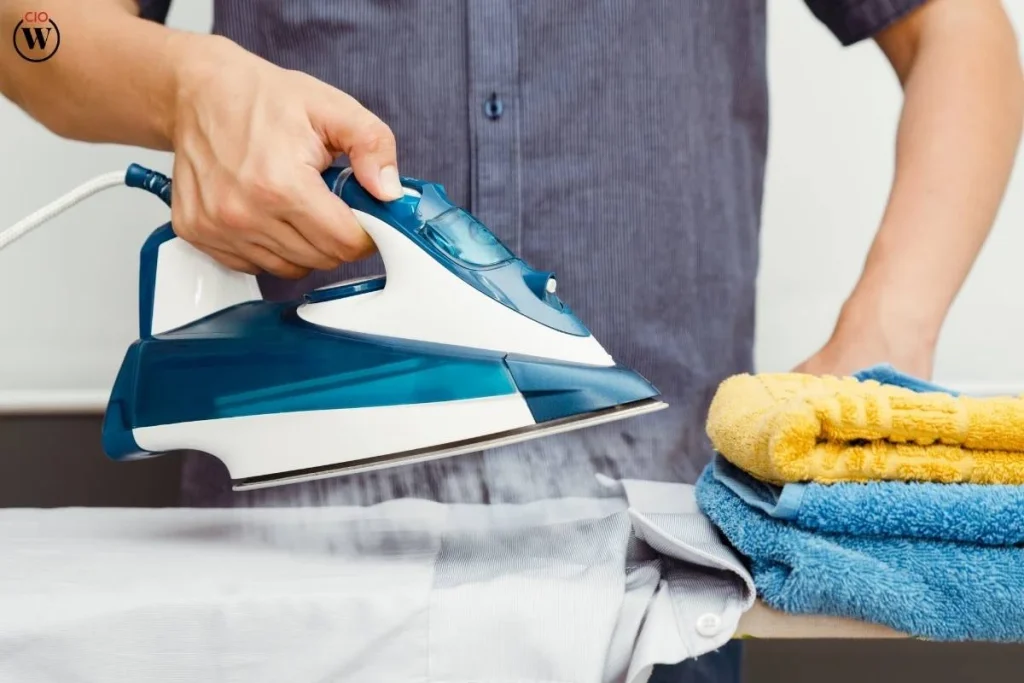
Clothes are more than just a necessity; they are an expression of personality and style. However, wearing clothes is only one part of the equation—taking care of them properly ensures they remain in good condition, retain their color and texture, and last longer. With the cost of quality clothing rising and environmental concerns becoming more significant, learning how to care for your wardrobe is essential. Here’s a comprehensive guide on how to take care of your clothes properly.
1. Read and Follow Care Labels

The first step to proper clothing care is understanding the care labels sewn into every garment. These labels provide essential information about washing, drying, ironing, and dry-cleaning instructions. Symbols may look confusing at first, but familiarizing yourself with common ones can prevent costly mistakes, such as shrinking, fading, or damaging fabric. For instance, a delicate wash symbol indicates that the garment should be washed on a gentle cycle, while a triangle with a cross means no bleaching. Always follow these guidelines closely.
2. Sort Clothes Before Washing
Sorting clothes by color, fabric type, and wash temperature is vital. Mixing dark colors with light ones can lead to dye transfer, resulting in ruined garments. Similarly, delicate fabrics such as silk, lace, or wool should not be washed with rougher fabrics like denim or towels, which can cause abrasion. Organizing laundry into separate loads for whites, darks, and delicates preserves both color and fabric integrity.
3. Choose the Right Detergent
The type of detergent you use can significantly affect the lifespan of your clothes. Mild detergents are suitable for delicate fabrics, while heavy-duty detergents work well for heavily soiled items. Additionally, avoid overusing detergent, as excess residue can make clothes stiff and cause fading. For natural fibers like wool or silk, consider using detergents specifically designed for those materials.
4. Wash Clothes in Cold Water When Possible

Cold water washing is gentler on fabrics and colors. It reduces shrinkage, prevents color bleeding, and saves energy. While hot water may be necessary for heavily soiled items or whites that need brightening, for most everyday laundry, cold water is sufficient.
5. Handle Stains Promptly
Treating stains quickly is crucial to preventing permanent damage. Blot the stain gently rather than rubbing, as rubbing can spread the stain or embed it deeper into fibers. Use an appropriate stain remover or natural solutions, such as baking soda or vinegar, depending on the type of stain. Always test stain removers on a small hidden area of the garment first.
6. Dry Clothes Properly
Drying methods significantly affect the longevity of clothing. Overusing a dryer can cause shrinkage, fading, and wear on fabrics. Whenever possible, air-dry clothes by hanging them in a shaded area to avoid direct sunlight, which can fade colors. For machine drying, use a low heat setting, and avoid overloading the dryer to reduce friction between clothes.
7. Store Clothes Carefully
Proper storage extends the life of your wardrobe. Fold heavy items like sweaters to prevent stretching, and hang delicate or structured garments on padded or wooden hangers. Avoid overcrowding in closets, as compressed clothes can wrinkle and lose shape. For seasonal storage, consider vacuum-sealed bags to protect fabrics from dust, moisture, and pests.
8. Iron and Steam with Care

Ironing and steaming can refresh clothes, but improper techniques can damage fabrics. Check the care label for ironing instructions and temperature settings. Use a pressing cloth for delicate fabrics to prevent shiny marks or burns. Steaming is an excellent alternative for fabrics that are sensitive to heat, helping to remove wrinkles without direct contact.
9. Rotate Your Wardrobe
Wearing the same clothes repeatedly without giving them time to rest can accelerate wear and tear. Rotating your wardrobe not only helps garments maintain their shape but also keeps your style fresh. After wearing, allow clothes to air out before placing them back in the closet.
10. Repair Minor Damage Promptly
Small issues like loose buttons, minor tears, or worn hems should be addressed immediately. Fixing these minor problems early prevents them from worsening, saving both money and the garment itself. A simple sewing kit can go a long way in maintaining your clothes.
Conclusion
Taking care of your clothes properly is not just about keeping them looking new—it’s about extending their lifespan, saving money, and practicing sustainable living. By following care labels, sorting laundry, using the right detergents, handling stains promptly, drying and storing clothes correctly, and making timely repairs, you can ensure your wardrobe stays fresh, vibrant, and functional for years. A little attention and care go a long way in preserving both the quality of your clothes and your personal style.
